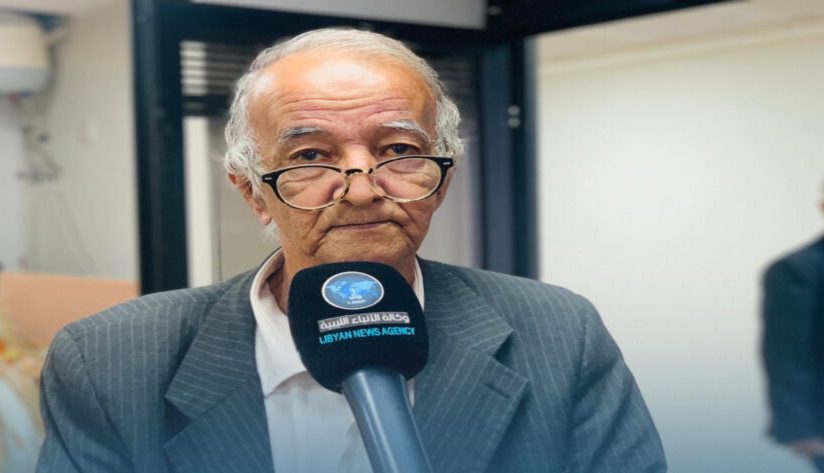Benghazi – In a pavilion reflecting the essence of history and the details of Libyan memory, artist Ali Al-Houni captivated visitors at the Benghazi International Book Fair by presenting a unique model for preserving heritage, transforming old artifacts into moving mechanical models that simulate the lives of ancestors and their daily tools.
Al-Houni explained in a statement to the Libyan News Agency that the idea came from his observation that heritage artifacts are often displayed as static pieces, failing to convey to the new generation a vivid picture of how old tools were used, such as the quern-stone, the plow, and tools for preparing Asida. Therefore, he designed electrically powered mechanical models to simulate the real movement of each tool separately.
The artist pointed out that each model is carefully designed, with each tool given its own specific movement, using simple, low-voltage mechanical systems to ensure safety. He has so far succeeded in creating four models and aspires to complete twenty models as part of his project.
Al-Houni has also participated in local and international heritage festivals and events to introduce the public to this new artistic style, stressing that the project contributes to preserving the nation’s memory in a modern way and brings the pulse of Libyan heritage back to life.
Al-Houni concluded by calling on cultural authorities to support these initiatives to establish a special hall for living heritage, where heritage becomes more than just artifacts, but an interactive experience that tells the story of the ancestors’ lives.
